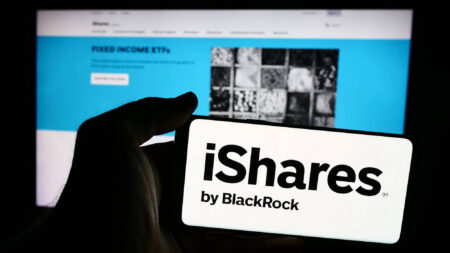What happened this week in the world of blockchain and cryptocurrencies? The most relevant local and international events, along with engaging background reports, concisely summarized in the weekly review.
Selected articles of the week:
Bybit, a Dubai-based cryptocurrency exchange, reported a massive security incident this week in which a group of attackers stole Ethereum (ETH) worth 1.5 billion USD. The theft occurred during a routine internal transfer. Bybit filled the gap with its own funds as well as an external loan, with exact details remaining unclear. Although this incident did not affect users, everyone should be aware of the significant counterparty risk posed by centralized exchanges. Blockchain technology makes it possible to store digital assets entirely independently of vulnerable counterparties. Those with the necessary technical knowledge should take advantage of this option.
The Bybit hack marks the biggest crypto theft in history. Hackers identified as the Lazarus Group stole 1.5 billion dollars.
The hacker group behind the Bybit attack
Shortly after the attack on Bybit, blockchain analysts identified the Lazarus hacker group as responsible. Also known as Guardians of Peace or Whois Team, Lazarus is a cyber espionage and hacking group that is allegedly operated by the North Korean government. The group was founded in 2007 and is linked to numerous high-profile cyberattacks, including the 2014 hack of Sony Pictures and the 2016 digital heist of the Bangladesh Central Bank. In recent years, the group’s name has also appeared frequently in connection with cryptocurrency hacks in the nine-digit range. Overall, Lazarus has stolen more than 5 billion USD over the past decade—more than 20% of North Korea’s GDP.
Blockchain experts identified the North Korean hacker group Lazarus as the attackers of Bybit. But who exactly are they?
Zug: 80% of people are familiar with cryptocurrencies
Last November, CVJ.CH conducted a survey on Zurich’s Bahnhofstrasse to assess the general public’s knowledge of cryptocurrencies. The results were somewhat disappointing. 50% of respondents did not know what cryptocurrencies are. Half of the people who were familiar with them held a negative opinion. Only 12% had purchased cryptocurrencies in the past. In Zug, the heart of Crypto Valley, the responses were much more positive. 80% of respondents indicated they had knowledge of crypto, and 18% were already invested. The stronger presence of crypto companies and cantonal initiatives seems to be rubbing off on the population.
The crypto survey in Zug shows a mixed picture: many people are aware of cryptocurrencies, but adoption remains muted.
An overview of BNB
BNB is the exchange token of the leading cryptocurrency trading platform Binance. Originally launched in 2017 as an ERC-20 token on Ethereum, BNB has since migrated to its own blockchain and evolved into a hybrid exchange and utility token with various use cases. As the first EVM-compatible network, developers were able to migrate their existing applications from Ethereum without needing to significantly adjust the code. As a result, BNB is one of the most tested networks in the crypto space and has successfully passed several stress tests. Impressively, BNB achieved a performance of around 90% last year—flying under the radar while the focus was on the “Big Three” Bitcoin, Solana, and Ethereum—and outperformed all three.
BNB, the utility token of Binance and BNB Chain, is promises to revolutionize DeFi, AI, and blockchain applications.
Memecoins suffer from market correction
In addition: The market for memecoins, particularly within the Solana ecosystem, has been in a downturn for several months. Market data indicates that the total market capitalization of memecoins dropped by 40% last month, suggesting a retreat from speculative investments. The sector has particularly suffered from the controversial launch of “celebrity coins” like TRUMP, MELANIA, and LIBRA, whose issuers profited billions. The thousands of memecoins created daily further dilute the sector.
Discover the latest trends in the memecoin market as it faces a sharp decline. Are memecoins over, or can they still drive crypto adoption?









